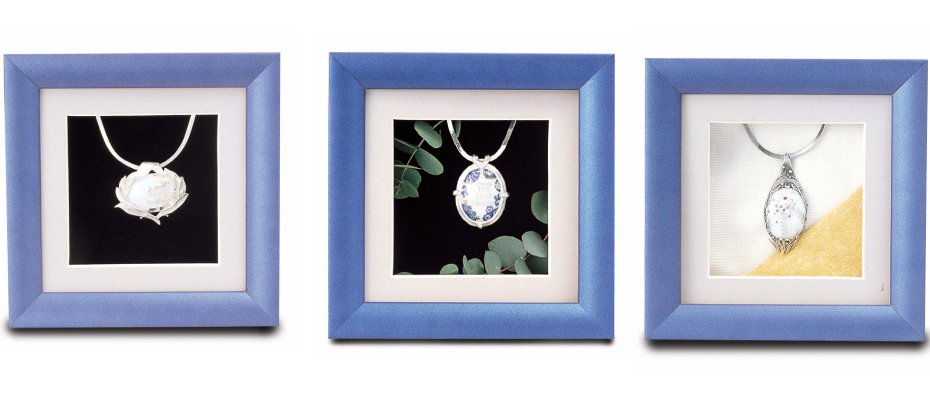
In ancient times, porcelain was imported from China to Europe by way of the Silk Road, and was considered a valuable commodity.
In the 18th century, European artisans succeeded is reproducing the techniques used to make porcelain. Since then, there
have been a variety of techniques and styles developed in Europe. Decorating a white ceramic surface with gold paint, known as
China Painting, was very popular, but there have been few ceramic painters using silver. The main reason for this disparity is that
silver has a tendency to become blackened over time by sulfur particles in the air (which was a big problem in the coal-burning, early Industrial Age).
Also when heated in a kiln at high temperatures, silver can become blackened by copper impurities within silver. After electroplating was invented in
1836, it became the most commonly used method to put a pure silver layer over less costly base metals. Yet even electroplating had its drawbacks,
it was very difficult to plate an even thickness onto the piece. It was also very time consuming to polish the silver or to engrave designs into it.
All techniques of combining silver with "china ware" have been referred to as "Silver Overlay".
Now, "Silver Overlay" has a new technique which is easier than any other methods developed previously. The introduction of Art Clay Silver Overlay
Paste has begun a new era of "Silver Overlay".
Loop Framing & Drawing
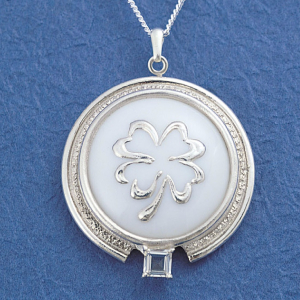
You learn technique of wrapping ACS rope around a porcelain piece and drawing on a porcelain surface.
Modeling, Two-point Setting & Scratch Technique
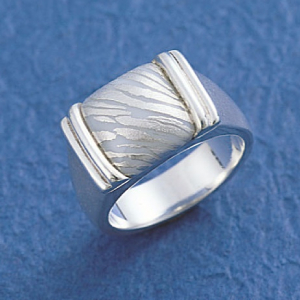
You learn technique of modeling ACS Slow Dry in ring shape, a porcelain piece setting and scratching overlaid surface.
Extended Frame
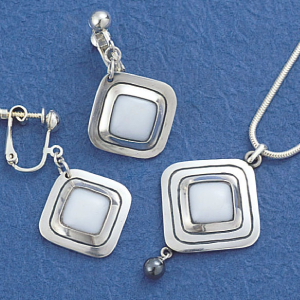
You learn “bind to set” technique, which you will bind a porcelain piece with two square sheets of ACS 650 Slow Dry factoring the contraction.
Silver Combination

You learn combination of a loop framing, scratch pick and a soft expression of Slow Dry making a brooch.
High Base Foundation and Decal
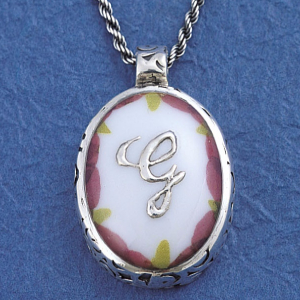
You learn creating high base foundation and placing a decal on a porcelain surface. This sample piece will appear as more three-dimensional using less clay without using core material.
Twisted Frame & Movement
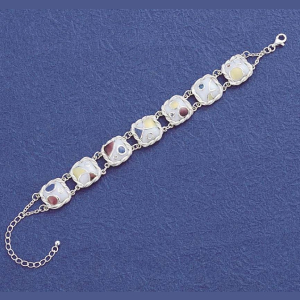
You learn creating Silver frame around porcelain piece with twisted 650 Slow Dry ropes, and decal transfer using cut patterns. Also, by learning an idea of “Movement” which link each parts with findings, you can enjoy the colorful and flexible bracelet.
Overlay Silver Paste is specifically formulated to bond to non-porous or glazed surfaces such as porcelain. Its viscosity can be adjusted by water which increases the way of expression.

